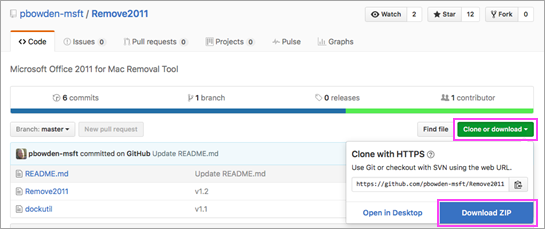
Git has an index that is used to stage changes. To undo this function, select Unstage File from Commit. To mark a new or modified file for committing it to the repository, select Stage File for Commit. The other actions in the context-menu enable you to apply actions to the commit, such as cherry-pick, checkout, or revert it. This allows you to navigate through the history of the file and obtain previous versions of it. To show the annotation of a previous version, right-click on the commit identifier and select Blame Parent Revision. Clicking on the commit identifier shows a detailed description of the change. The view displays the lines of the file prepended by the commit identifier they originate from. To display a description of the change including the diff in the Git Show view, select Describe Change in the context menu. To show log also for previous names of the file, select Follow. To toggle between textual and visual representation of the log, select Graph.

To follow only the first parent on merge commits, select First Parent. To filter log entries by the text in the commit message or by strings that were added or removed, select Filter. To only show text changes, select Ignore Whitespace. To use the patience algorithm for calculating the differences, select Patience. For more information, see Working with Branches. Right-clicking on a commit identifier brings up a context menu that lets you apply actions on the commit, such as view annotations or cherry-pick or revert a commit. Click on the commit identifier to view commit details. The log output contains the date, the commit message, and a commit identifier. To display the versioning history of a file, select Log of.
GIT FOR MAC ZIP CODE
In both views, you can use context menu commands to apply, revert, stage, and unstage chunks or selected lines, as well as send chunks to a code pasting service. To use the unified diff view instead, select the Switch to Unified Diff Editor (1) option from the toolbar. The diff is displayed side-by-side in a diff editor by default. If the file is accessible, you can double-click on a selected diff chunk and Qt Creator opens an editor displaying the file, scrolled to the line in question. To display the diff in a read-only editor, select Diff of. You can diff the current file or project to compare it with the latest version stored in the repository and to display the differences. Some of the commands are also available for the project or local repository that contains the file. To work with the current file, select the commands in Tools > Git > Current File.

HOME is set to %HOMEDRIVE%%HOMEPATH% when the Git executable is run and authorization works as it would with git bash. Select Tools > Options > Version Control > Git, and then select the Set "HOME" environment variable check box.

You can set the HOME environment variable from Qt Creator.
GIT FOR MAC ZIP WINDOWS
When you run Git from a Windows command prompt, it looks for the SSH keys in its installation directory, and therefore, the authorization fails. However, the variable is typically not set in a Windows command prompt.

If you configure Git for use with git bash, only, and use SSH authorization, Git looks for the SSH keys in the directory where the HOME environment points to. You can use the Gerrit code review tool for projects that use Git. Git is available for Windows, Linux, and macOS. Git is a fast decentralized version control system.


 0 kommentar(er)
0 kommentar(er)
